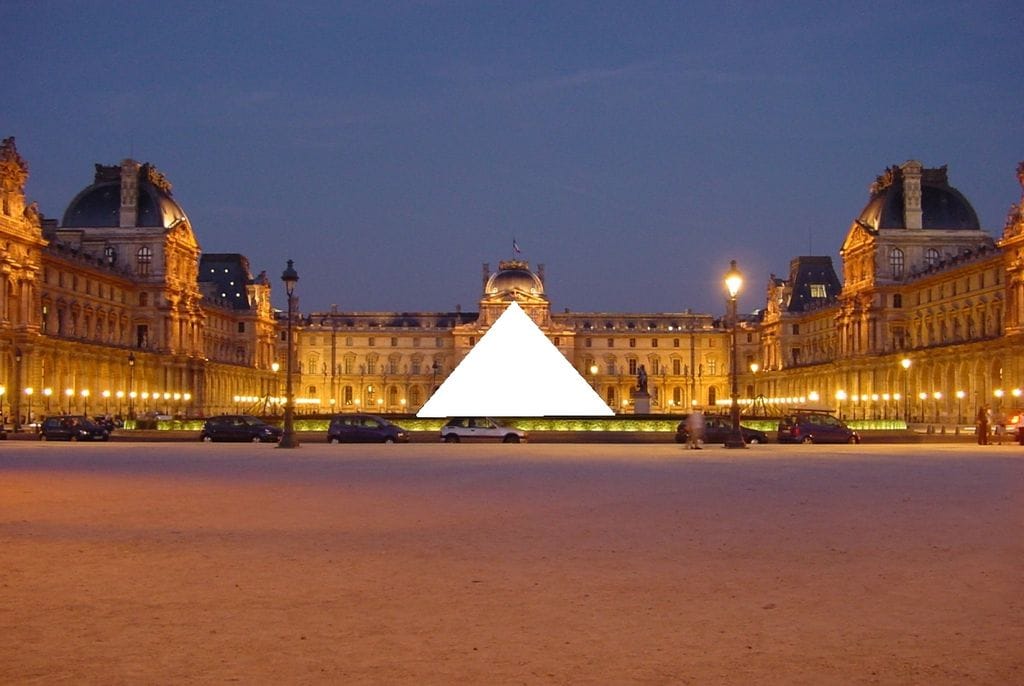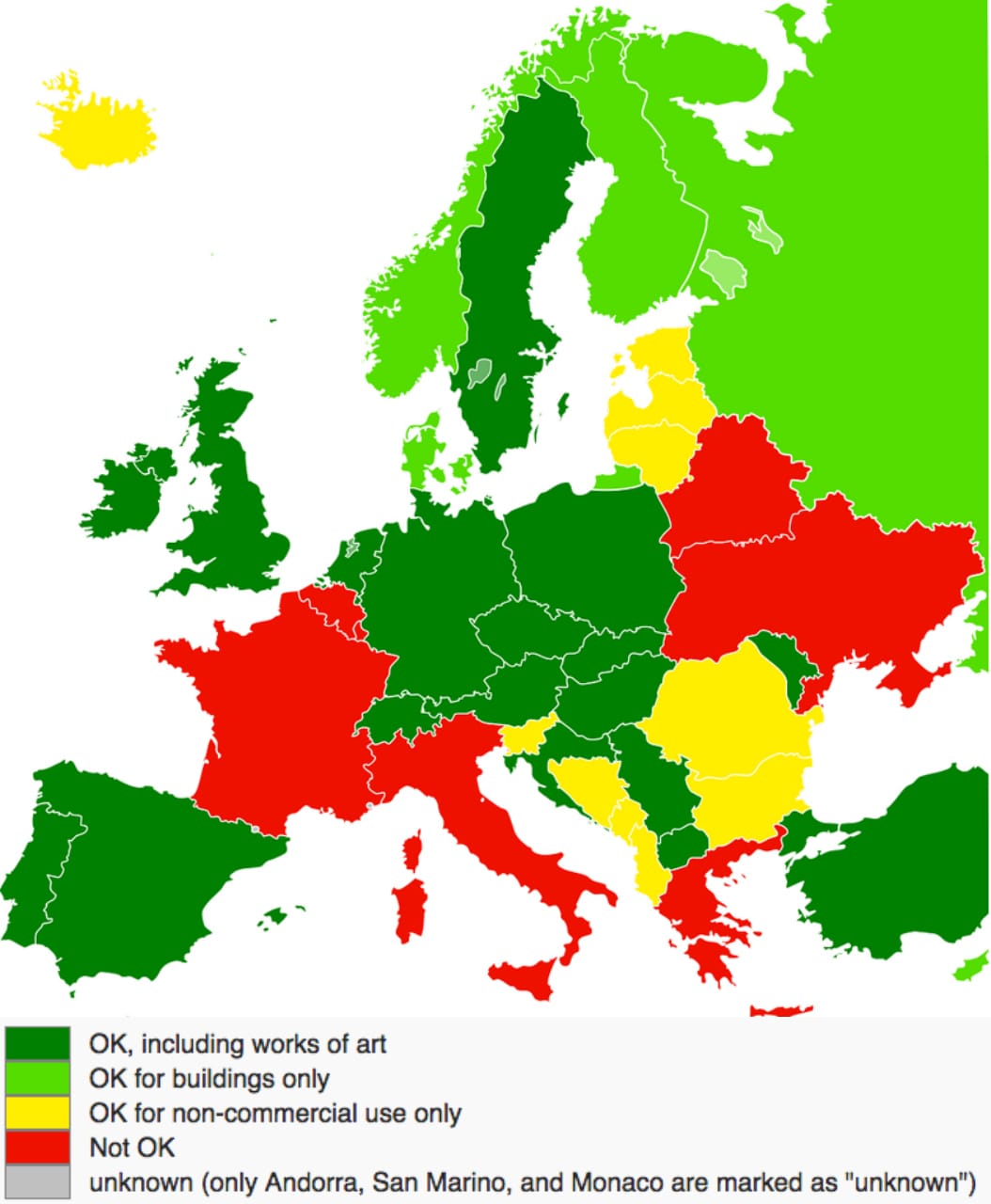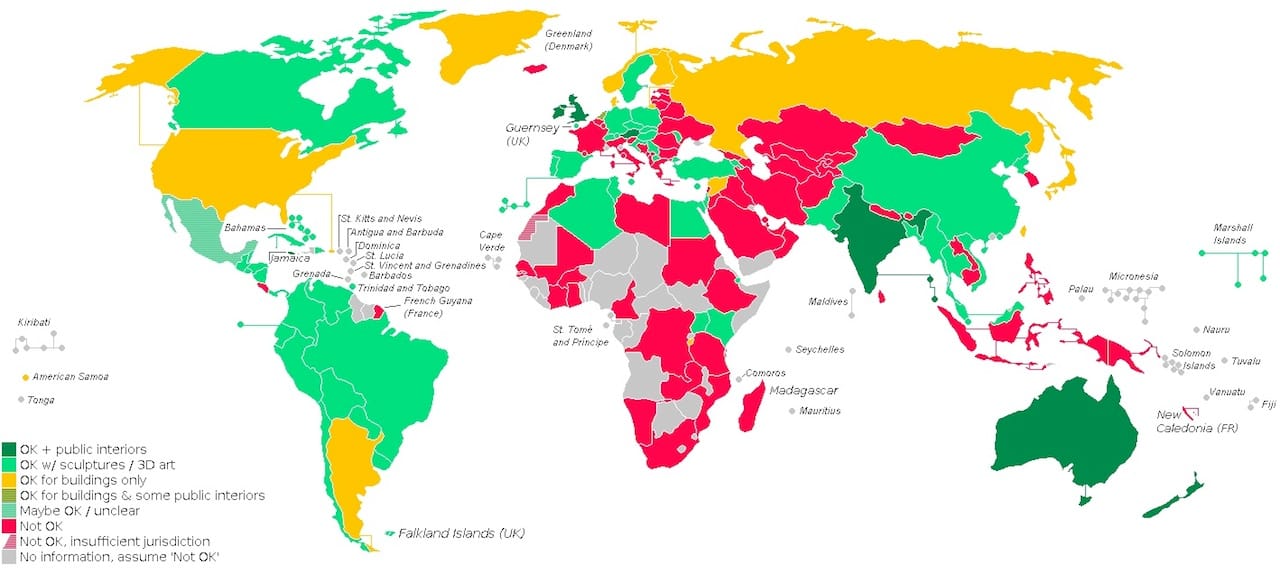European Copyright Reform Could Restrict Photography in Public Spaces
Restrictions on photographing or filming copyrighted art, architecture, or other objects in public might get stricter in the European Union.

Restrictions on photographing or filming copyrighted art, architecture, or other objects in public might get stricter in the European Union. On July 9, new copyright provisions from the Legal Affairs Committee go to a vote in the European Parliament.
At stake is the freedom of panorama (FOP), which basically is when a photograph is taken in public, permanent art, structures, advertisements, or even t-shirts that are under copyright can appear without the photographer seeking permission. It’s an attempt to find a medium between the rights of property owners with freedom of visual representation in public space. In the United States, only buildings are exempt from copyright in this context. FOP currently varies from country to country within the EU, and the vote could unify them under this language:
[…] commercial use of photographs, video footage or other images of works which are permanently located in physical public places should always be subject to prior authorisation from the authors or any proxy acting for them […]

It’s unlikely, clickbait titles aside, that the EU would be confiscating tourist photos of the Louvre’s Pyramid or London Eye, but there could be major repercussions for commercial and professional photographers. Julia Reda, a member of the copyright reform-focused Pirate Party Germany and their only member in the European Parliament, made protecting FOP part of her report on changing copyright law. Although this report was adopted by the European Parliament’s Legal Affairs committee, a June 16th amendment altered the FOP proposal. Glyn Moody at Ars Technica reported that Reda explained that the amendment “could threaten the work of documentary filmmakers and the legality of commercial photo-sharing platforms.”
Some of the existing restrictive FOP restrictions aren’t widely enforced, although there are examples like Copenhagen’s statue of the Little Mermaid, which is notorious for the family of the sculptor being aggressive about its copyright and billing media for its use. Other countries also are diligent about such rules. Owen Blacker writes on Medium:
In theory, in Italy, for example, when publishing pictures of “cultural goods” (buildings, sculptures, paintings and so on) for commercial purposes one must obtain authorisation from the Ministry of Arts and Cultural Heritage. Iceland has restricted panorama rights too — there are no pictures of Hallgrímskirkja on Wikimedia Commons, as it is under copyright there until 2021.

The Signpost, Wikipedia’s online journal, has details on how EU citizens can contact their MEPs (Members of the European Parliament).





